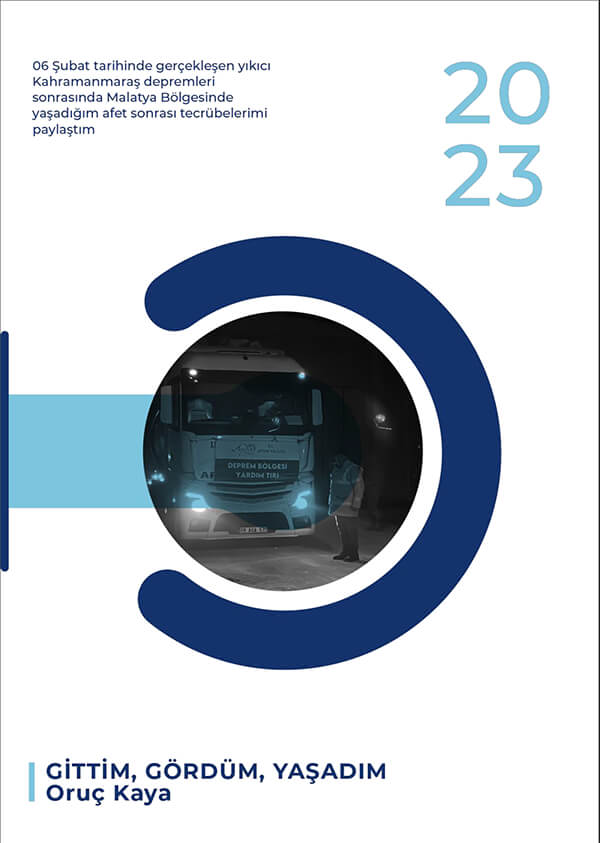The coronavirus pandemic continued to have an impact in 2021, following a difficult year in 2020 that brought transportation activities to a halt on national and international logistics flows. Although the impact of the shock experienced in 2020 does not continue in 2021, the global logistics industry is still one of the sectors where the deep effects of the pandemic are felt.
It can be said that there is a “Type K Recovery/Recovery” in the world in 2021. In this recovery model, some sectors show strong growth, while others exhibit less recovery performance or a downward trend. When evaluated on the basis of the logistics sector, some transportation modes were able to manage the crisis, while other modes failed.
Although it faced various crises, the transportation mode that was relatively less affected by the pandemic process was maritime transportation. The “Review of Maritime Transport 2021” report prepared by UNCTAD points out that although the coronavirus pandemic disrupted maritime transportation, this decrease was not as dramatic as expected.
Undoubtedly, it was inevitable that air transportation would be affected by the changing world order during the pandemic period. Intra-European airline traffic decreased by 25% in December 2021 compared to the same period in 2019. According to International Air Transport Association (IATA) data, air cargo capacity shows a consistent, albeit slow, improvement trend.
The coronavirus has also been a hit for road transportation operations, another important mode of transportation. As a result of the epidemic spreading around the world, vehicles carrying import and export loads, especially in the Middle East, Central Asia and Europe, faced restrictions due to the closure of road borders in the first and second quarters of 2020, and the quarantines faced by drivers disrupted road transportation activities.
Finally, railway stood out as the savior transportation mode during the pandemic process. Since railway transportation enables contactless trade, it enabled the continuation of trade between border gates that had to be closed due to the epidemic.
Source: www.utikad.org.tr



